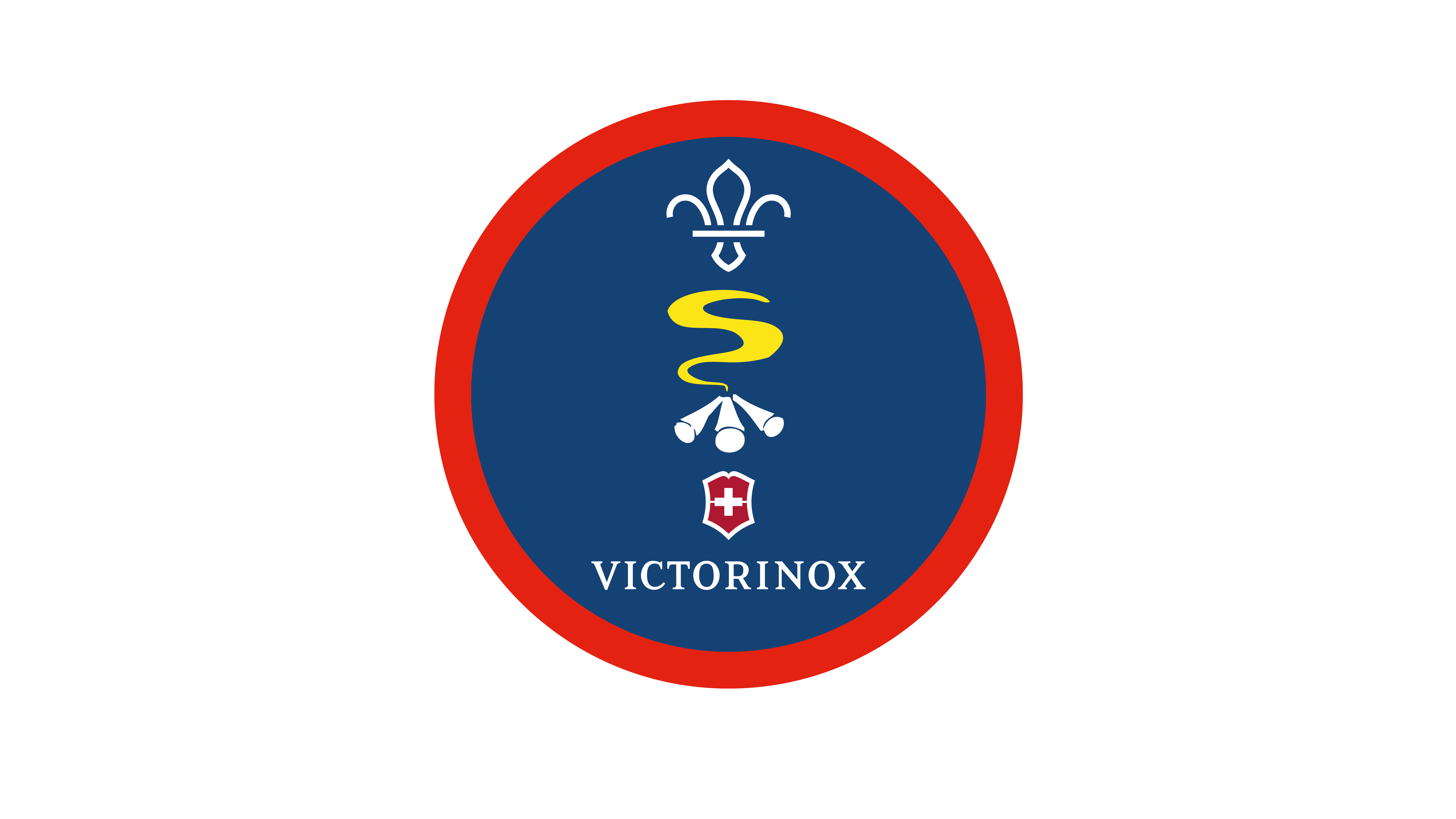
Make a wooden fork
You’ll need
- Swiss Army Knife™
- Wooden stick, approximately 2-3cm in diameter and 20-30cm in length.
- Gimlet or Awl
- Small ruler 30cm
- G-Clamp (optional)
Before you begin
- Use the safety checklist to help you plan and risk assess your activity. Take a look at our guidance to help you carry out your risk assessment, including examples.
- Make sure all young people and adults involved in the activity know how to take part safely.
- Make sure you’ll have enough adult helpers. You may need some parents and carers to help if you’re short on helpers.
To watch in full screen, double click the video
Planning and setting up this activity
- Knives are an important tool for a survival situation and can be versatile if you know how to use them safely and properly. Take the time to read and understand the Scout knife safety guidance. You can use the axes and saws example risk assessment as a starting point.
- A small folding knife that has a blade fewer than three inches long is suitable for a lot of different survival uses. You may need to use a knife with a larger (or fixed) blade for some activities. You should follow the law, only use them when needed, never carry them in a public place, and always store them securely and out of view. You must be aware of UK knife law before buying, using, or carrying a knife.
- Young people must be closely supervised by adults when knives are used.
Keep safe
It’s important to keep the people around you safe when you’re using a knife. You’ll need to create a ‘safe zone’ around the person using the knife. A safe zone is free from people and obstacles. The person leading the activity should remind everyone of the basics of using a knife safely:
- Learn how to safely remove a knife from a sheath without cutting yourself.
- You should hold a knife firmly but not too tightly.
- Your hand shouldn’t be too far back or too far forward.
- You should grip the knife, so that you can see some of the handle where it meets the blade.
- If you’re making small cuts or carvings, you can place your thumb on the back of the blade to give you more control.
- It’s best to cut down towards the ground, with a wooden block or base to make it more stable.
- Make sure you’re always cutting away from your body and keeping clear of your hands.
Making the craft
- Gather everyone together, and tell everyone that they’ll be making a fork out of a wooden stick to toast food, such as marshmallows.
- Everyone should head outside and collect or bring in a long wooden stick. The longer stick should be about 2-3cm in diameter (thickness) and 20-30cm in length. People could also collect these during the week and bring them to the meeting.
- Have a knife safety briefing, using the information on this page and our knife safety guidance.
- First, everyone should measure and mark 10cm from one end of the stick. This is where you’ll start using the knife.
- Everyone should find their own space and sit down in a clear area. They should always keep the wood and knife well away from your body and other people. Elbows should be on knees with the work piece well away from the legs and the body. Cutting close to your body isn’t sensible, because you run the risk of injuring yourself.
- When people are sat comfortably, they should hold the stick firmly with one hand. Now, carefully use the knife to carve down from the 10cm mark the stick on the two sides to create a flat end. Once both sides are flat, use a gimlet or awl to make a hole about 5cm down into the flat surface. Using a pencil, carefully draw out a V shape from the centre of the hole to the end of the stick as guidelines to help you shape your toasting fork. When you’re ready, use the knife to then carefully cut out this shape, holding the stick against a hard surface, such as the edge of a log, for stability.
- When you’ve cut the V shape, keep the stick held against the hard surface and use the knife smoothen both sides of the fork, removing any remaining bark from the carved V shape.
- Your toasting fork is now ready. You could try toasting marshmallows with it.
Reflection
This activity gave everybody the opportunity to try something new and have fun making something they can use to cook foods over a campfire.
Have you made anything like this before? How did you find making it? Did you help anyone else make theirs? You can make different things from wood that can be used in or around the kitchen. What other utensils can you think of? Can you think of any gadgets you could make for the kitchen? Think about a washing bowl frame or something to hang you tea towels on to dry.
Safety
All activities must be safely managed. You must complete a thorough risk assessment and take appropriate steps to reduce risk. Use the safety checklist to help you plan and risk assess your activity. Always get approval for the activity, and have suitable supervision and an InTouch process.
- Sharp objects
Teach young people how to use sharp objects safely. Supervise them appropriately throughout. Store all sharp objects securely, out of the reach of young people.
You could use a G-clamp to hold the stick in place for those that are unable to use both hands. Alternately, an adult hold the stick in place on a table, while the young person makes the carving.
All Scout activities should be inclusive and accessible.
If you enjoyed this activity, try our other activities with Victorinox.

